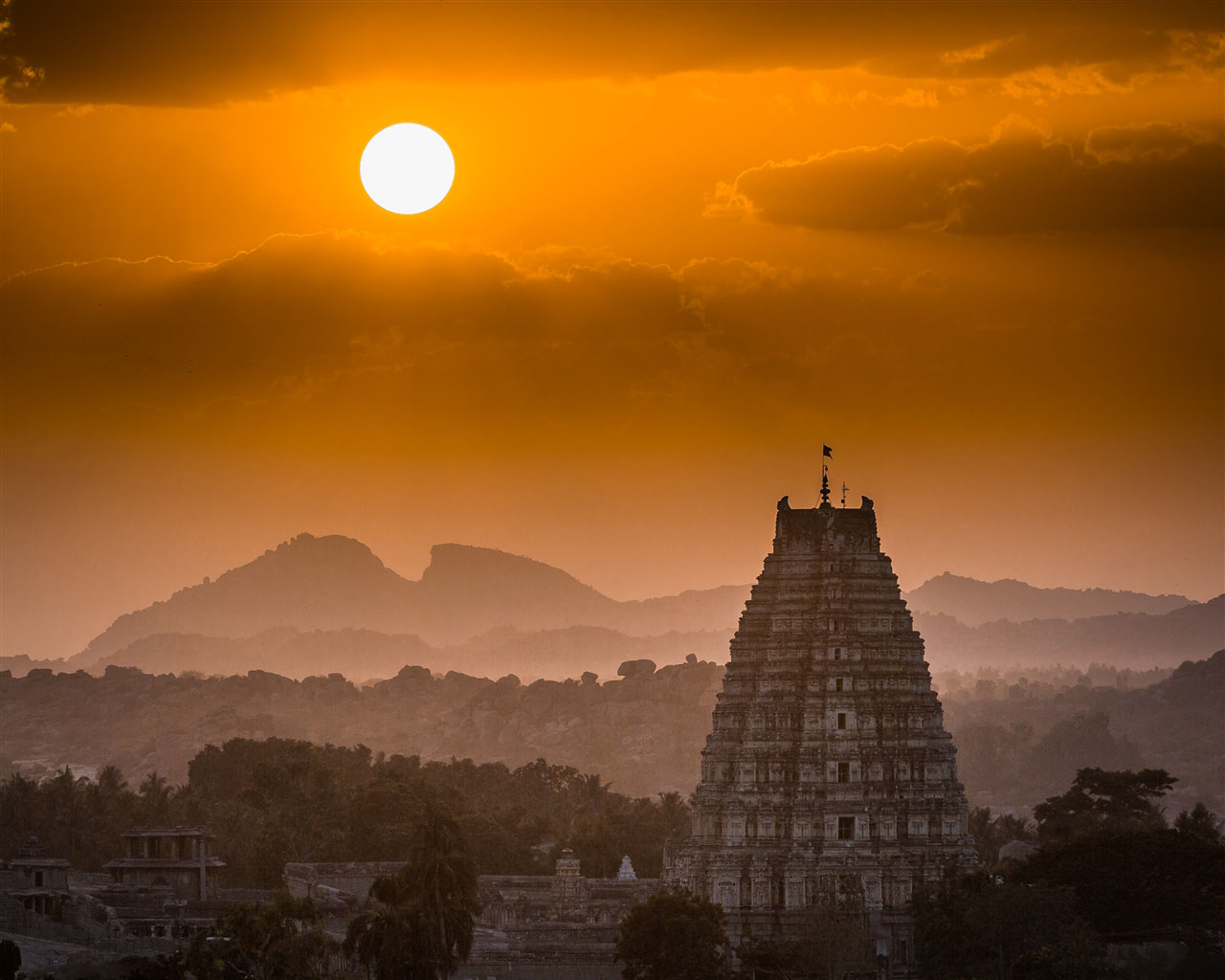
Hampi
Traditionally it’s also known as Pampa , kishkinda, Bhaskara kshetra – is derived from the old name of the Tungabhadra river, the name ‘Hampi”is an anglicized version of Kannada name Hampe (derived from Pampa).
This historic place listed in UNESCO world heritage site, this ruined city is located on the bank of river Tungabhadra & it’s once the capital of Vijayanagar kingdom (Golden kingdom) it’s not only religious place but the market for the precious gems, gold & diamond . Many foreigner visited here & described as the gold, precious stones sell in the main market place with huge heaps & this city is bigger than Rome city.
This Hampi located in the Bellary district of Karnataka there is nearest railway station at Hospet & nearest airport is Bangalore(KIAL)
There are a lot of buses arrange by both Karnataka govt & private tourism .
Virupaksha temple was the main patron deity for the Vijayanagar rulers, it was recorded in the earlier settlement in Hampi date back to 1 CE.
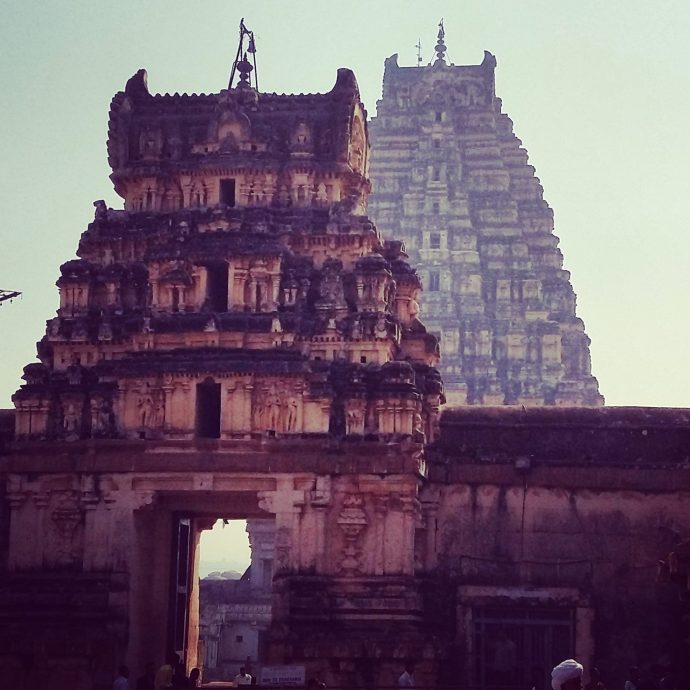

Rajagopura view from Hemakoota hill
Hampi was one of the best areas of the capital of the Vijayanagara empire from 1343 – 1565 , when it was besieged by the Deccan Muslim confederacy.
The annual Hampi Utsava or Vijaya Utsava has been celebrated since the reign of Vijayanagara. It is organised by Govt of Karnataka as Naada habba.
There are a lot of temples built in Vijayanagar times – Viirupaksha temple, Achyutaraya temple, Badavilinga temple, Chandramouleshwara temple, Ranganathaswamy temple, Hazara Rama temple, Krishna temple, Jain temple, Vijaya vittala temple.
Along with this Elephant stable, world-famous Stone chariot, Kamala Mahal, many things you can see which make you love towards fine art
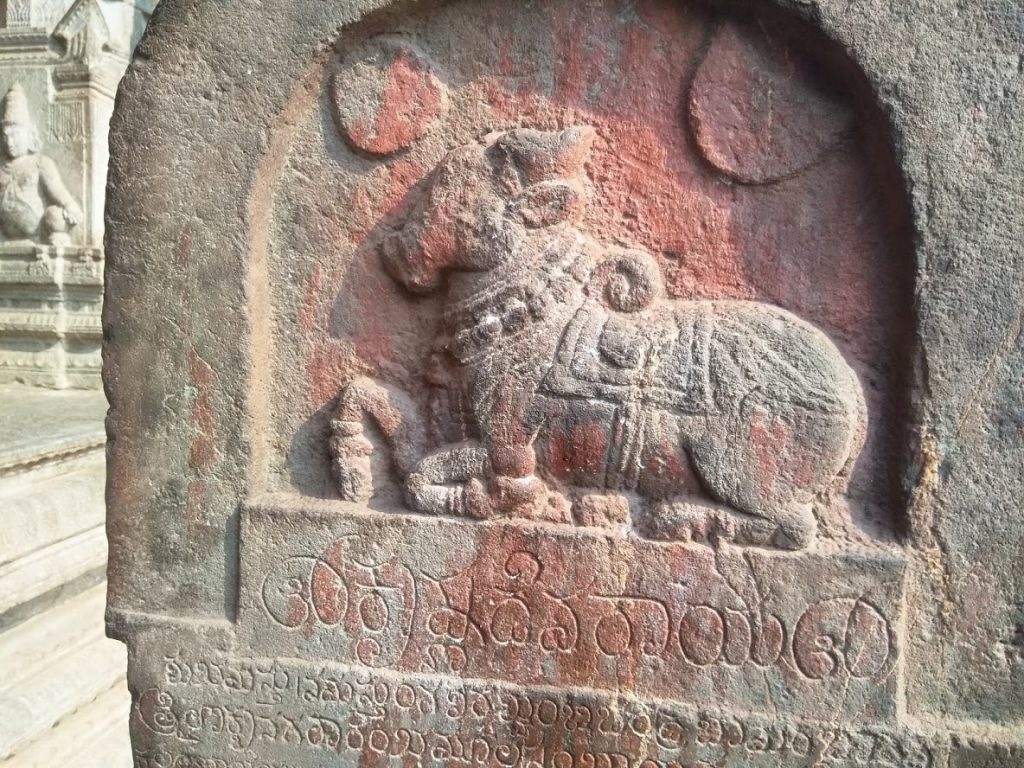
A bull with Sun and Moon depicts in the stone inscription
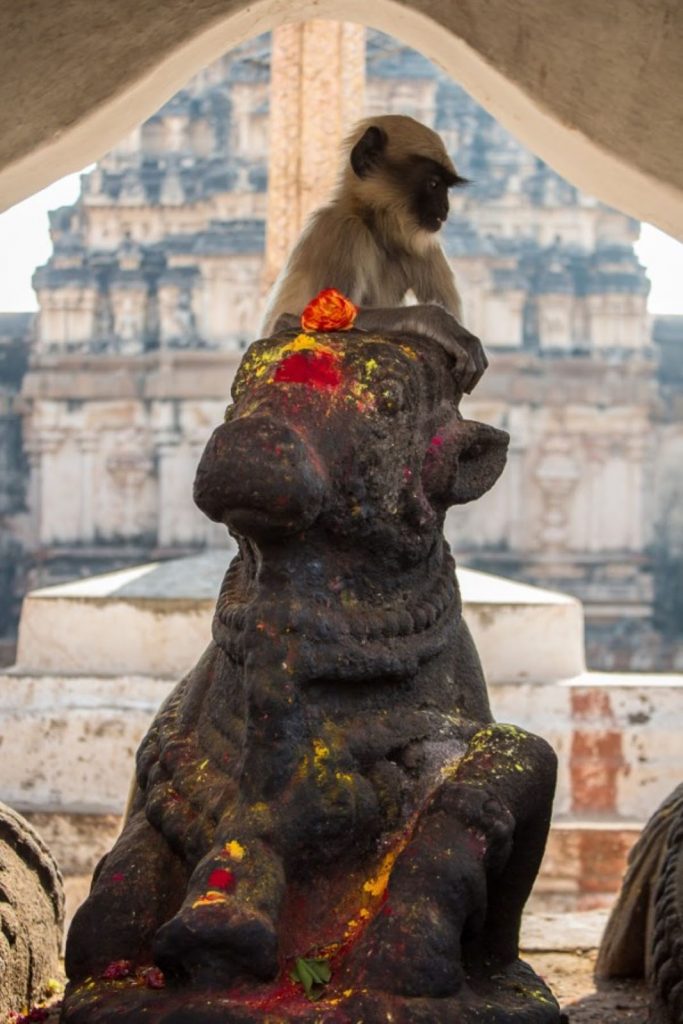
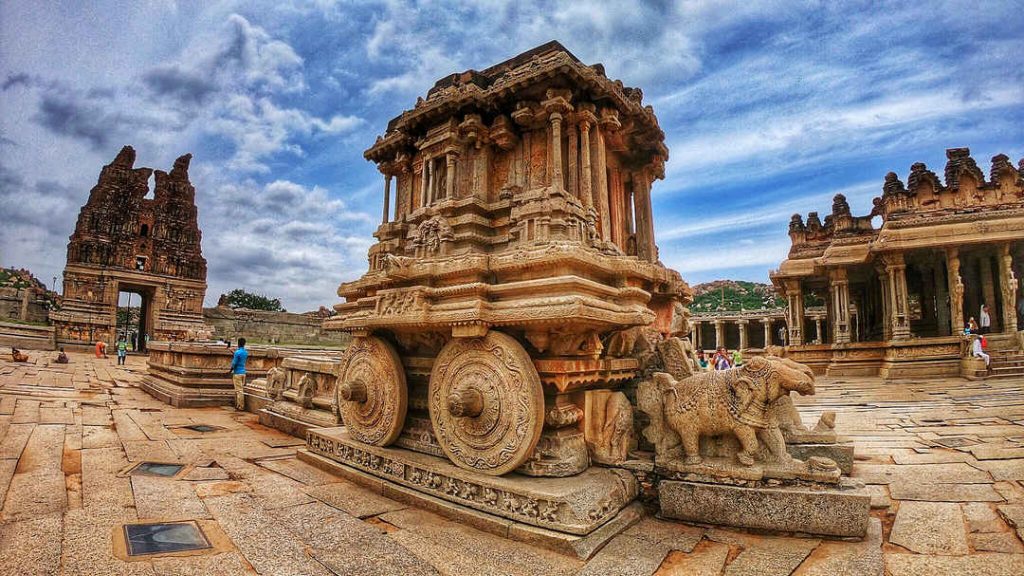
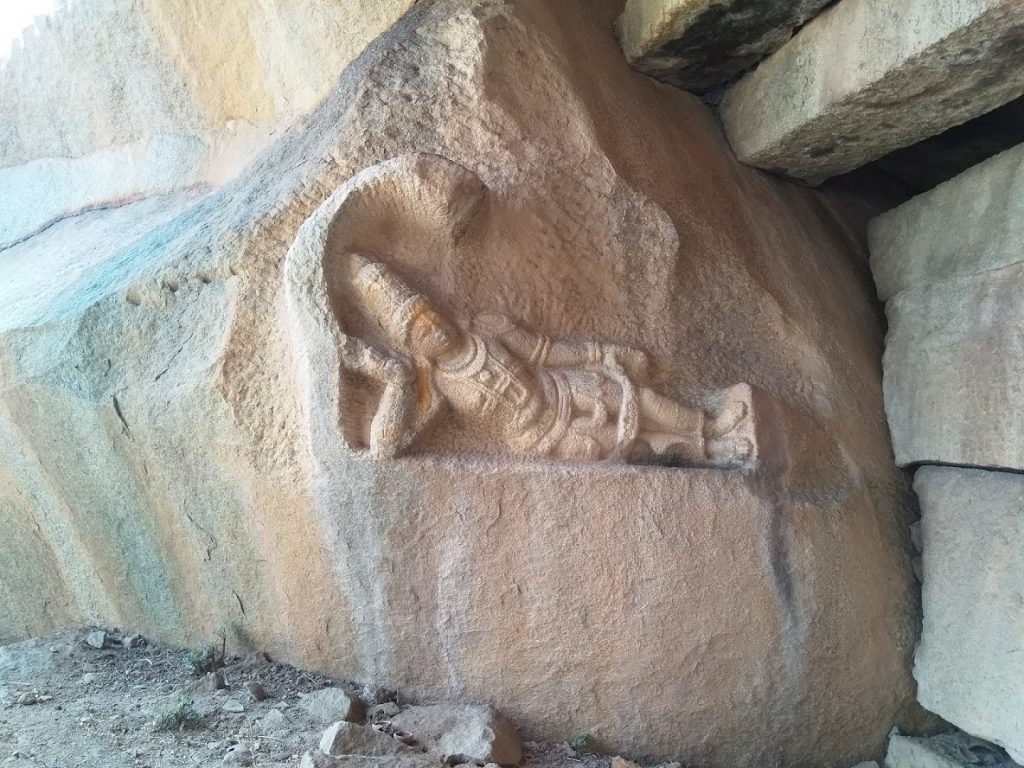
The Vittala Temple in Hampi is the highlight of the beautiful town. The ancient monument is well-known for its extraordinary architecture and craftsmanship. One of the largest and the most famous monuments in Hampi, the temple lures visitors with its magnificent beauty. Located near the banks of the Tungabhadra River, the temple is sited in north eastern part of Hampi.
Vittala Temple was built in the 15th century during the reign of King Devaraya II (1422- 1446 A.D.) of the Vijayanagara Empire. Several sections of the temple were expanded and renovated during the reign of Krishnadevaraya (1509- 1529 A.D.), the illustrious ruler of the Vijayanagara dynasty.
The Vittala Temple is dedicated to Lord Vitthala, an avatar of Lord Vishnu. An idol of Vitthala-Vishnu was enshrined in the temple but lost in ravages of time. Legends narrate that the temple was built as a residence for Lord Vishnu in his Vitthala form. However, the Lord had found the temple to be too ostentatious and returned to live in his own modest home.
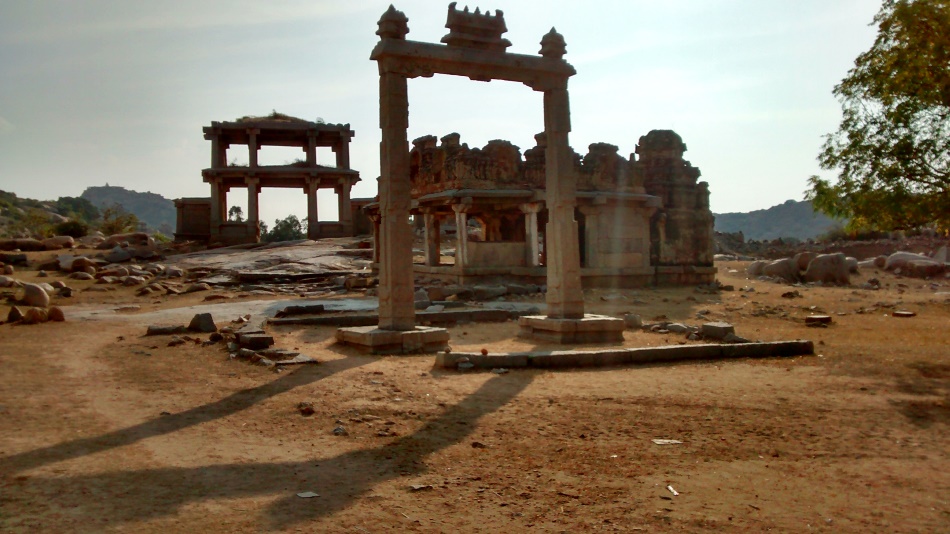
* 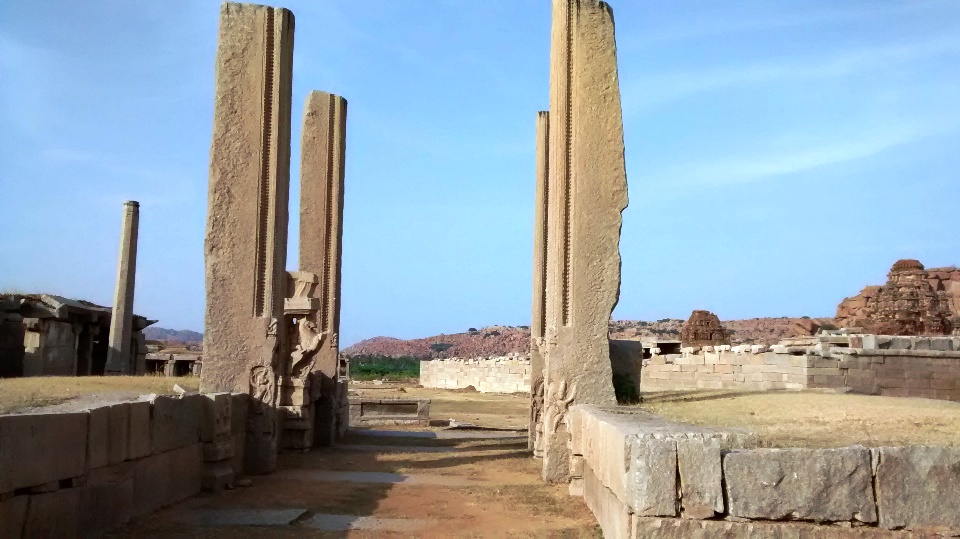
After Goa, the Hampi is the only main tourist place in India that attracts foreign tourists, because of its richness in its heritage.
On every stone, there are beautiful stories hidden in it and it’s the world largest open museum !!
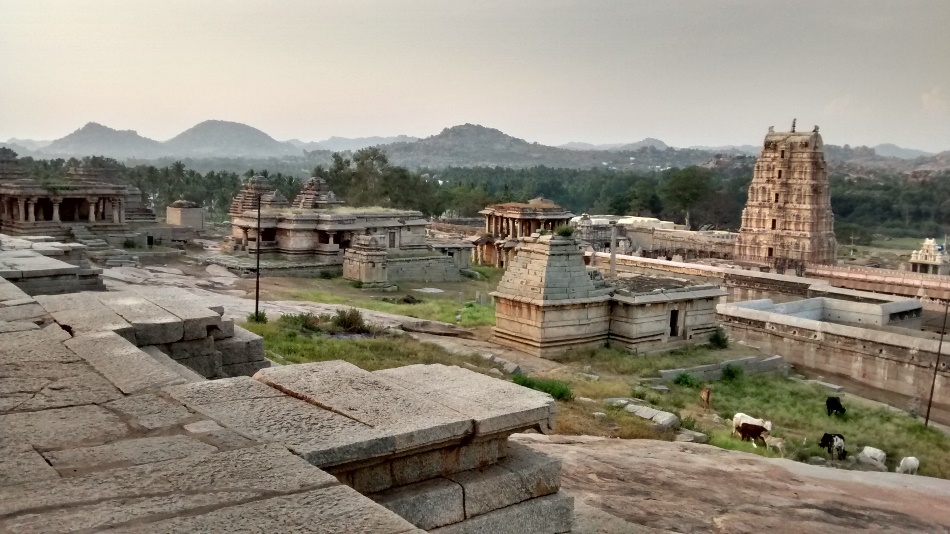
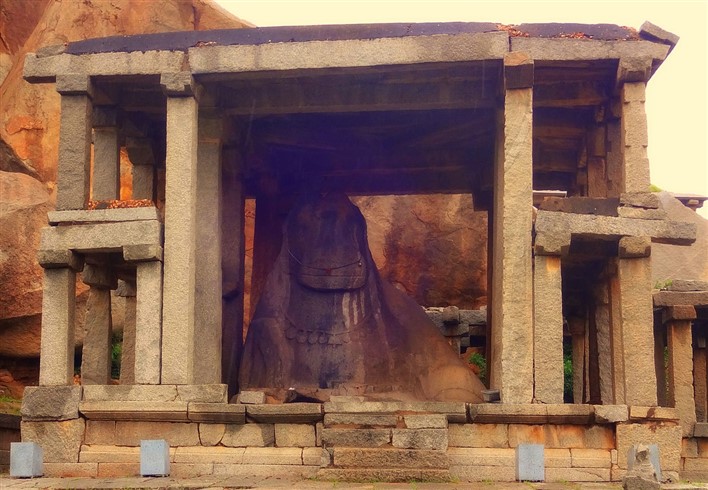
The Nandi Statue at Hampi is located opposite to the famous Virupaksha Temple and is locally known as Yeduru Basavanna. The structure is a massive monolith and is constructed in a two-storied pavilion, on a raised platform. The idol has basic carvings and there are big boulders behind the statue that add to its charms. A little distance away from the idol is a stone lamp which has spikes on it.
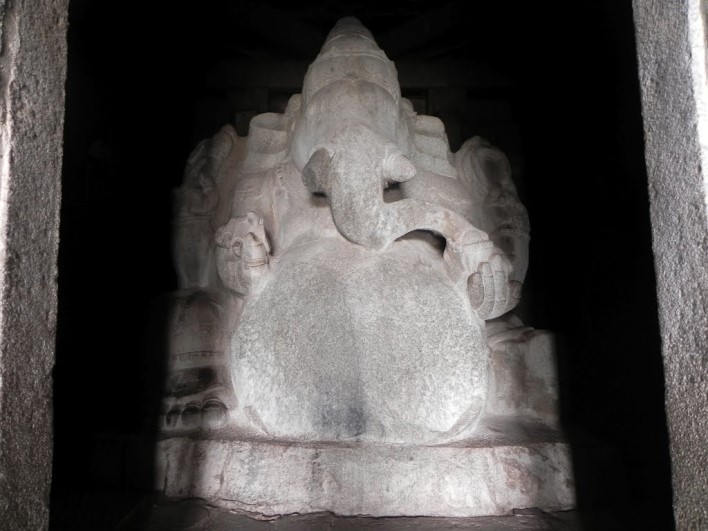
Kadalekaalu Ganesha 
Saasivekaalu Ganesha
Sasivekaalu Ganesha beautifully carved a snake around a belly stomach of lord Ganesha
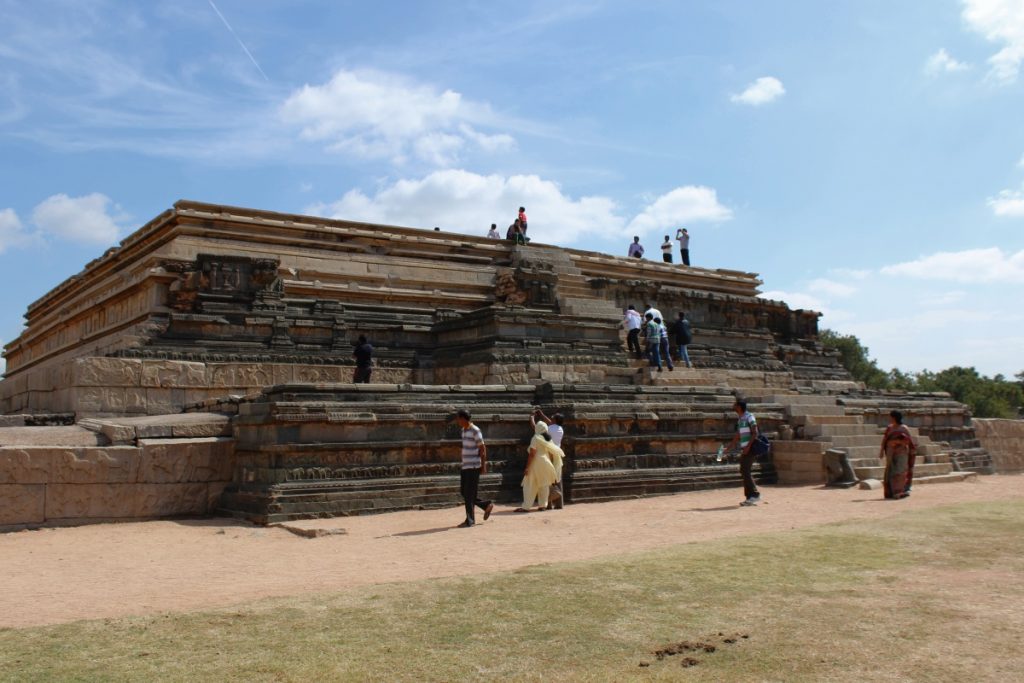
Mahanavami Dibba 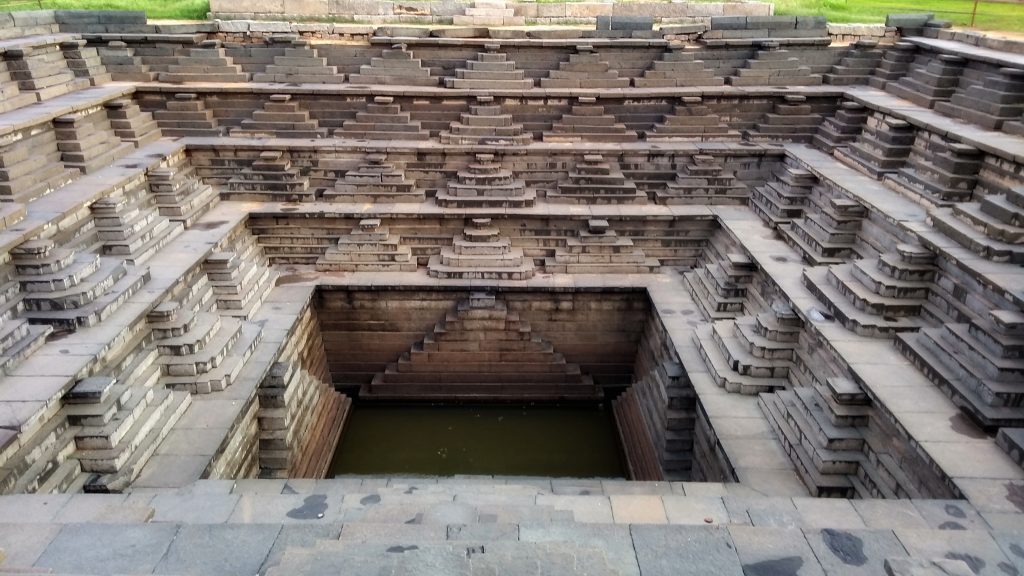
A royal enclosure 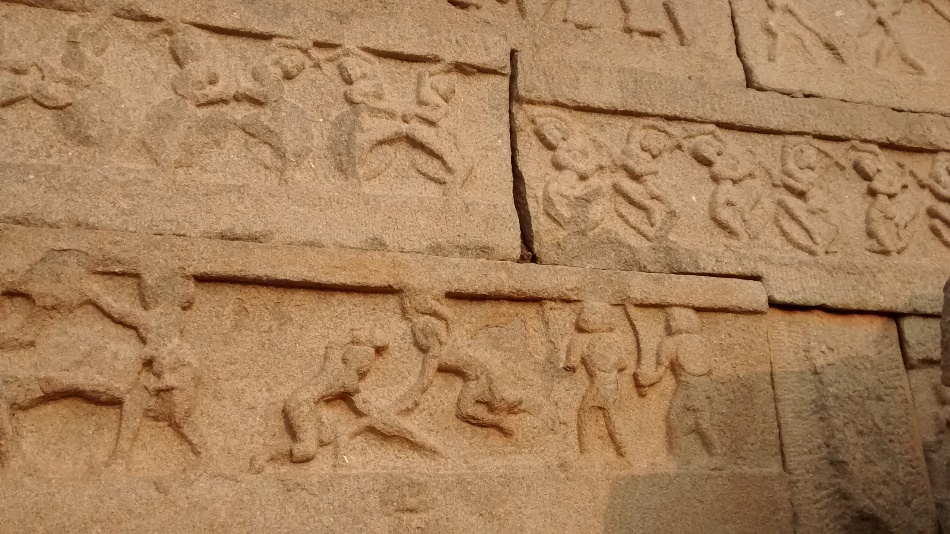
It’s one of the most noteworthy structures found among the ruins in Hampi. It is a pyramidal platform that was vital to the Dasara celebrations observed during the Vijayanagara Empire. The main attraction of the high platform is its decorative carvings of elephants, horses, soldiers and stately processions. still this procession of Mahanavami(Dasara) festival continiued by Mysore king’s in Mysore.
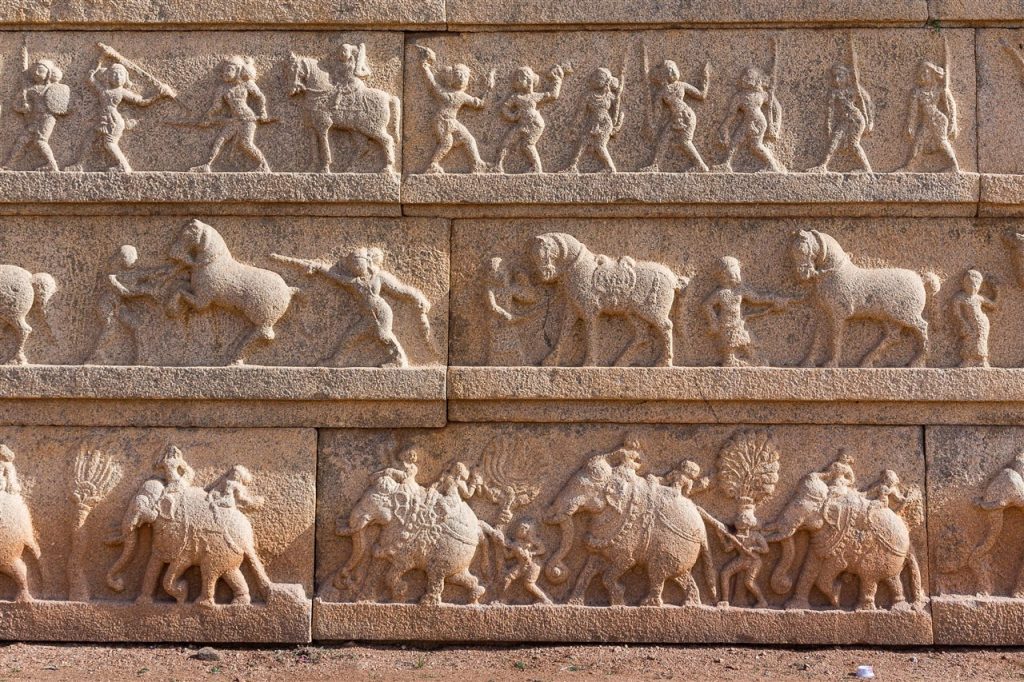
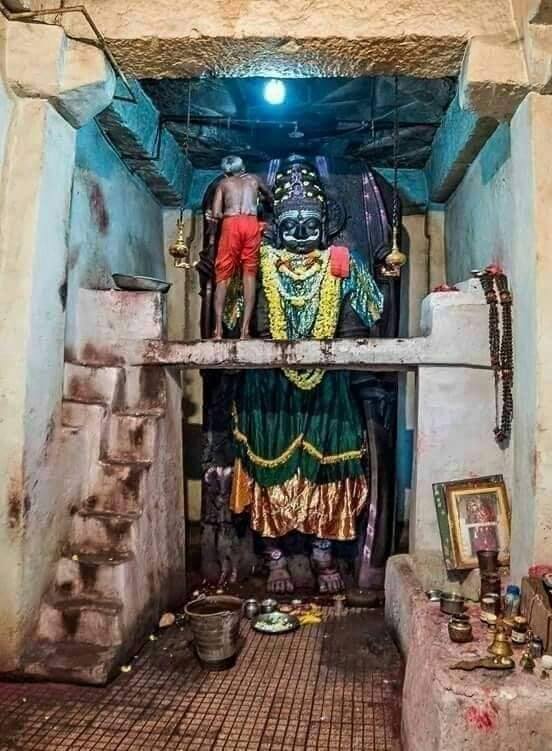
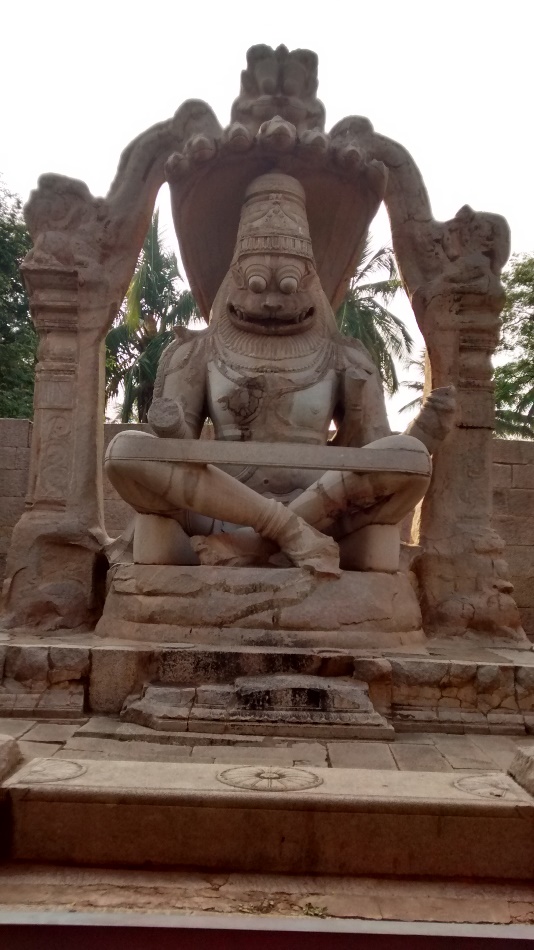
Ugra Narasimha statue
The name Badavilinga is a combination of two words – Badva and Linga. In the local language, Badva means poor and Linga represents Shiva. Legend has it that the Shiva Linga placed inside the temple was commissioned by a poverty-stricken peasant woman. Hence the temple came to be known as Badavilinga Temple.
Narasimha statue: This statue lies in the Lakshmi Narasimha temple that was constructed in the year 1528, during the reign of Krishnadevaraya, one of the rulers of Vijayanagara Empire. Lord Narasimha and his consort. This statue gotb heavily damaged by Muslim invaders.
Purandhara Dasa : Father of Carnatic music , this is the place where sage spent his last years in this very own Mantapa singing and composing songs that praise his favorite deity Lord Vitthala. He signed his compositions with the mudra (pen name), “Purandara Vittala”
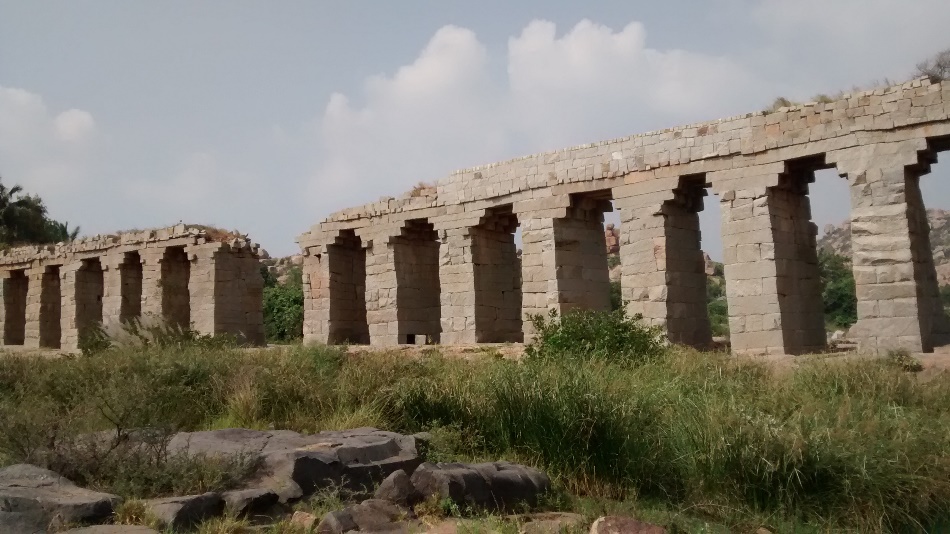
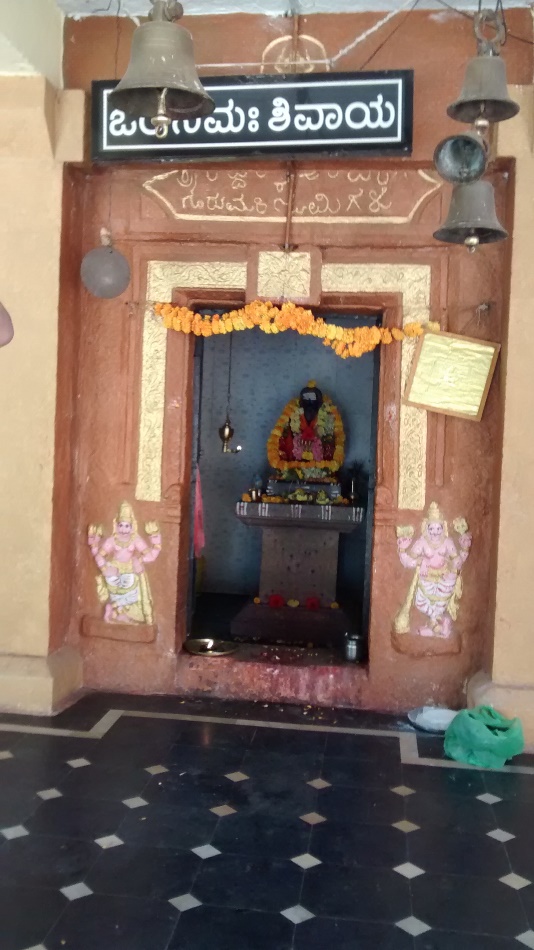
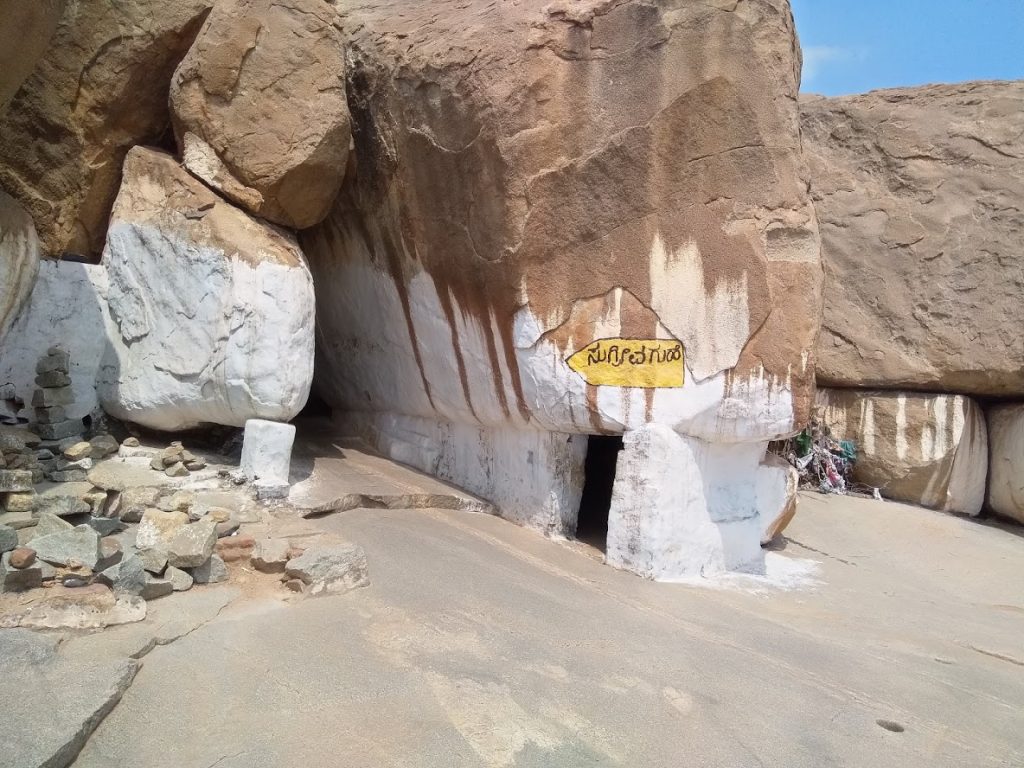
This is a natural cave in Hampi, Bellary district which is believed to be the original home of the monkey king Sugriva. Legends say that goddess Sita let fall her jewels here when carried off by the demon king Ravana and Lord Ram is said to have met Hanuman on his travels in the same place. The cave is dotted with beautiful paintings. Nearby is the Sita Sarovar, a pond. The cave stands at the edge of a flat rocky expanse. A number of carved footprints can be seen on the floor of this flat surface. This depicts the footprints of Rama & Laxmana. It’s a sacred symbol for the Hindus
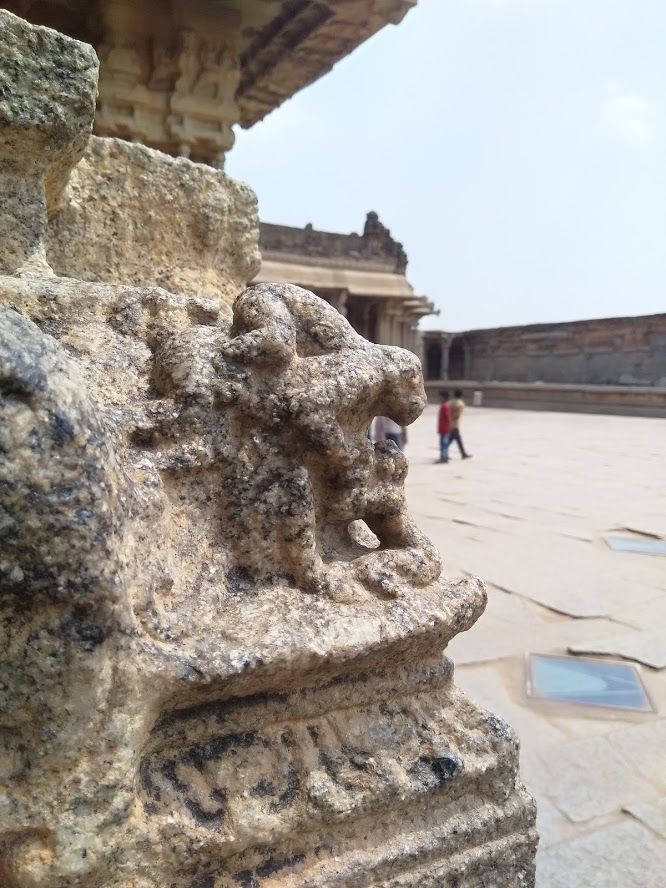
If you look closer it looks as if a frog is trying to jump into water. Is it a mother holding her child? Or is the serpent decorating Lord Shiva’s neck? Now look at the same carving from the sides. A mommy monkey feeding its baby, Lord Hanuman flying with the mountain? Or is it a serpent peeling off its skin.
Guess where today’s animators need to seek inspiration from!!
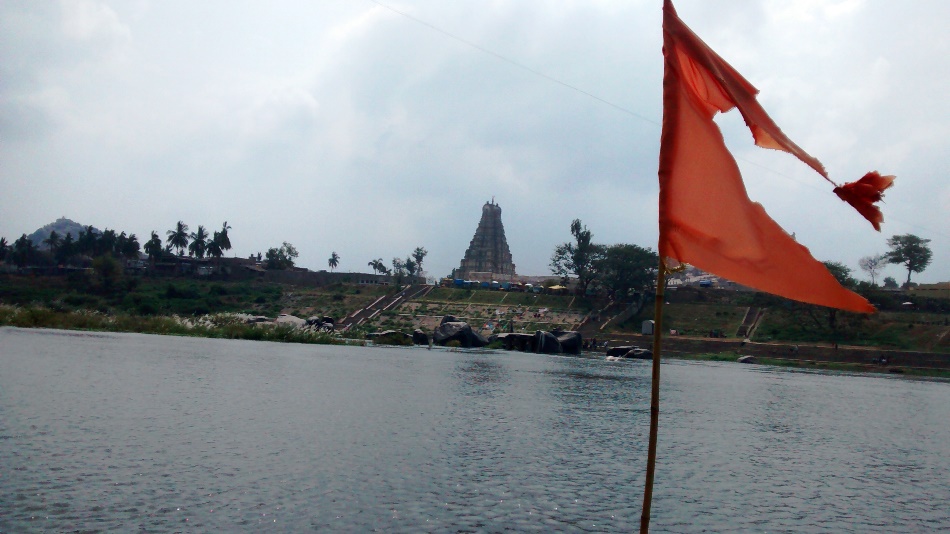
Many invaders destroyed temples, looted precious stones everything but can’t destroy the belief of Hinduism and it was in our blood.
We gave shelter to foreigner traders, build churches, mosques & invited the expatriates gave shelter to them but rulers of India (Bharatha Bhoomi) never invaded any foreign countries that’s harmony in our blood & we are proud of our culture & Sanatha dharma (Hinduism)
Dharmo rakshithi rakshitha…
If you are love with art, painting, History, Adventure than what you are thinking….Pack up & move…..I captured only few places there is a more beautiful places hidden here. come and experience the real open museum.
If you need a good guide and a walk though the historical trails please contact me , we will reach you to a good knowledge on this place. reachme: shiv.mutt88@gmail.com
Hampi, Karnataka (India)
By road: Reach Hosepet and get an lot of buses running to Hampi.
By air: Vijayanagar Jindal Airport, Bangalore international Airport (Approx 345 KM’s)
Best time to visit: August to February
Minimum number of days required: Three to four days
Places to stay: In Hospete you will get all good Hotels with all amenities , i preferred to stay at Hotel Shanbhag (Best hotel with best price)
*Auto rickshaws are available only for one side of the bank. You have to use to the boat to crossover to the other bank. Rated are fixed for it and you can cross only when the boat is full. For the other side, rent a bicycle to travel around if the weather is good or else go for a two wheeler. Tourist attractions are on both sides of the bank but prefer staying on the calmer side surrounded by nature, free from pollution.
-Shiva Kumar Mutt

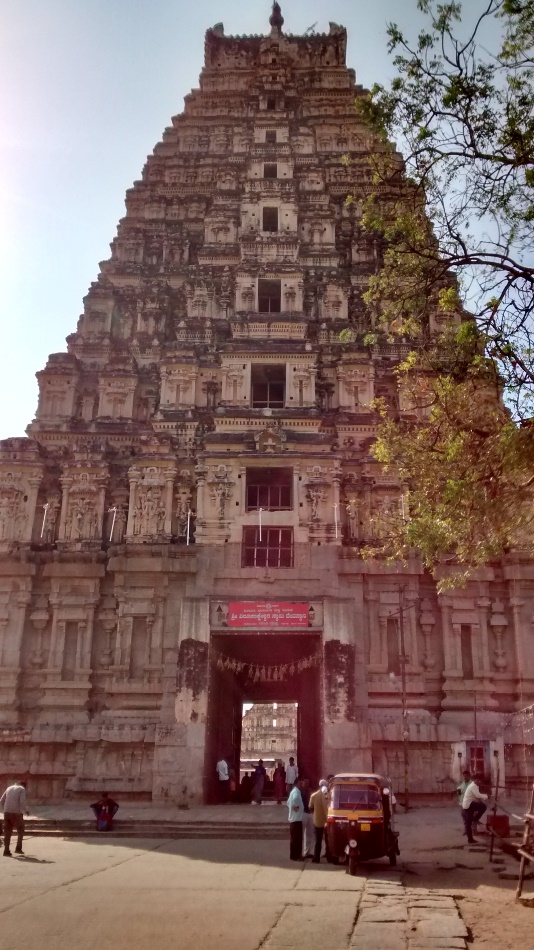
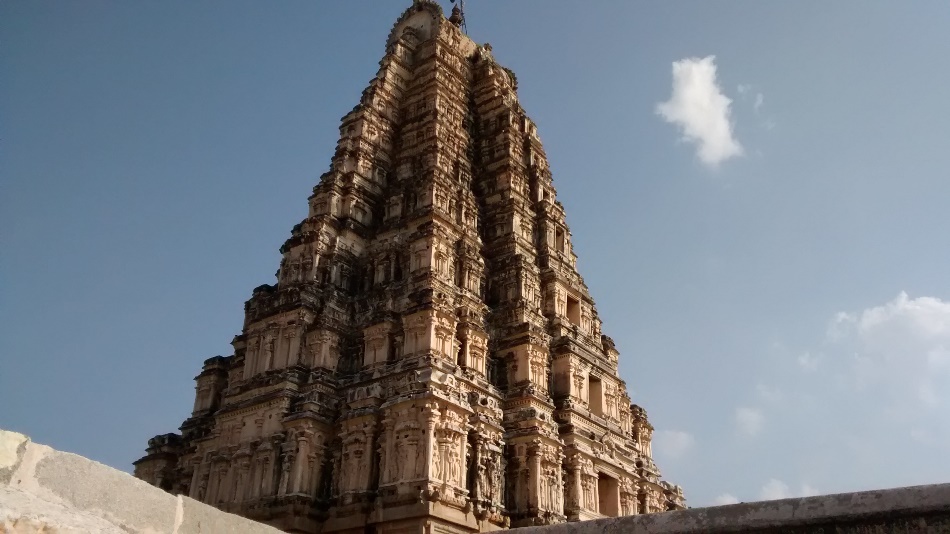
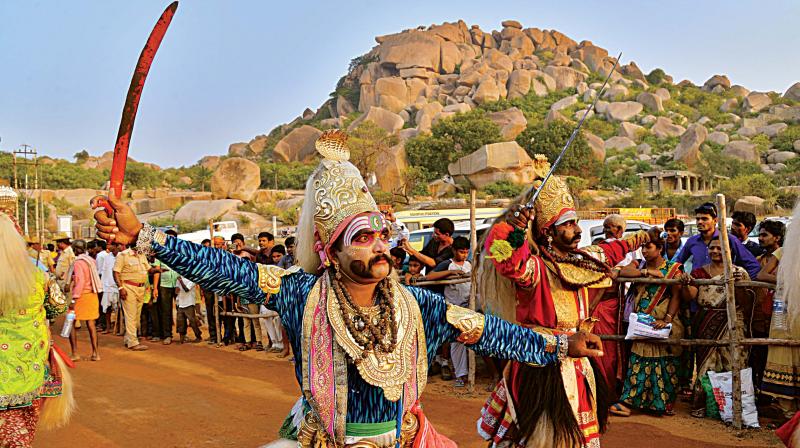
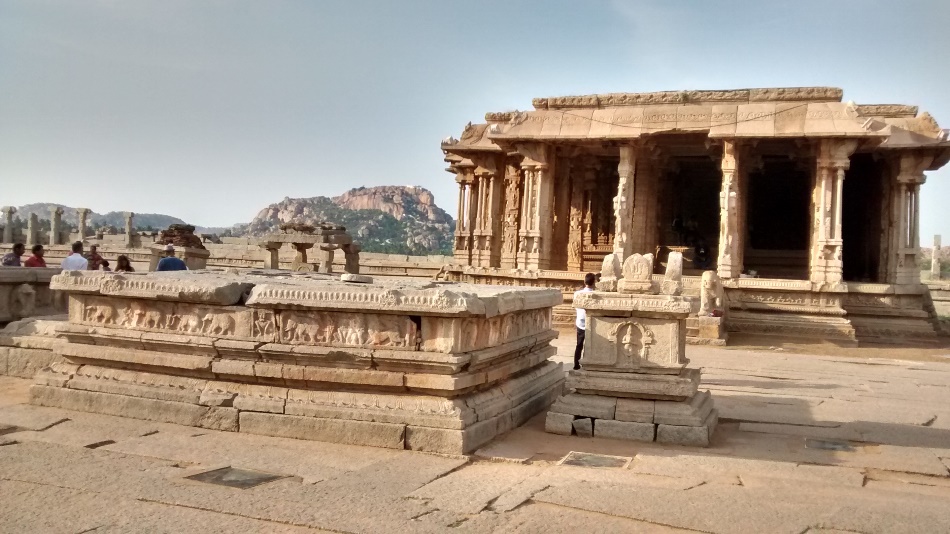
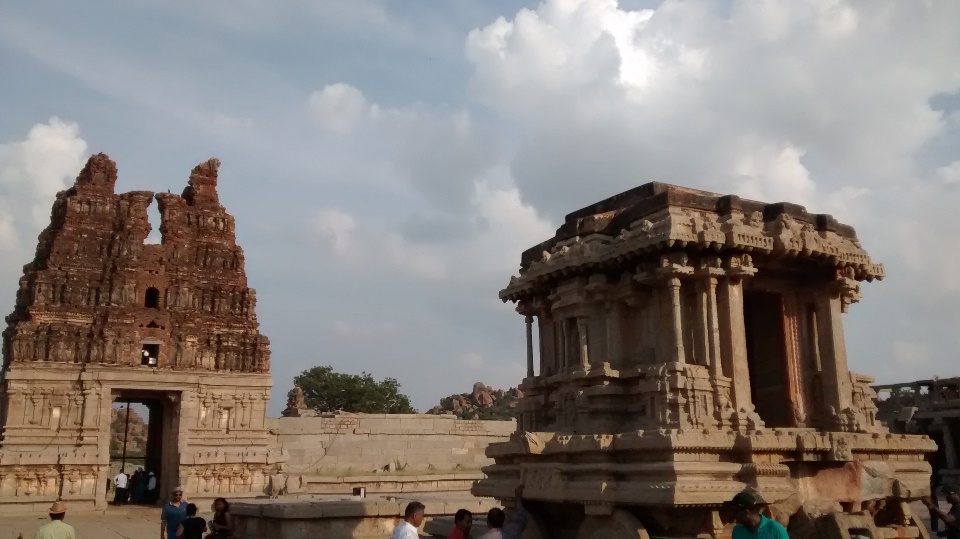
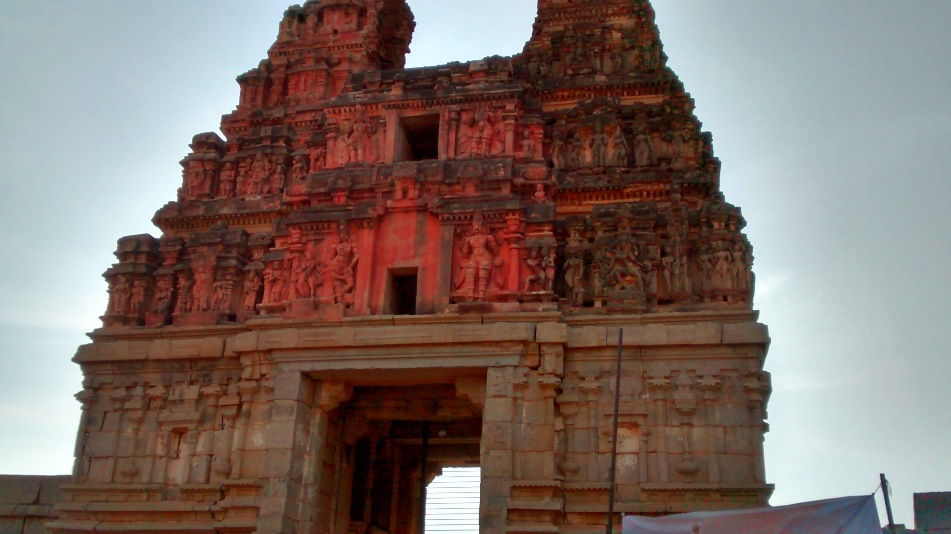
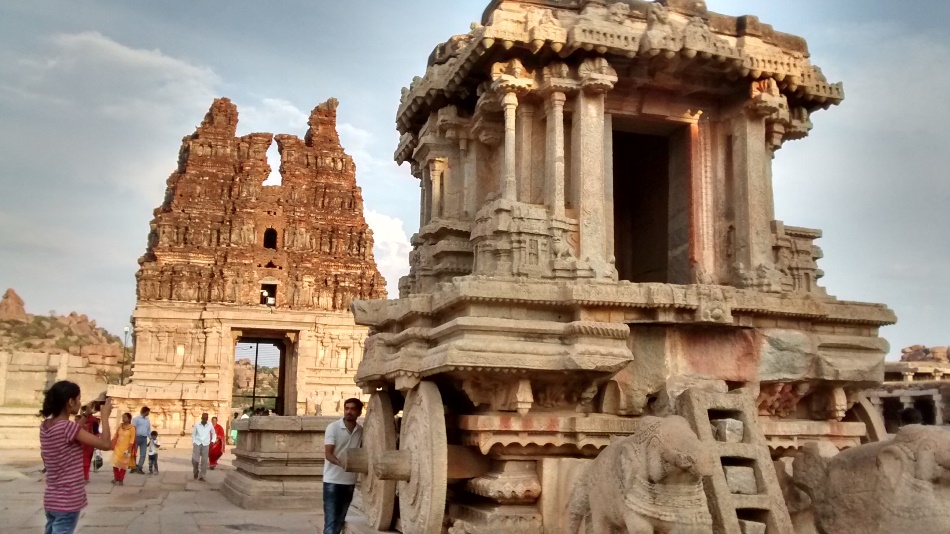
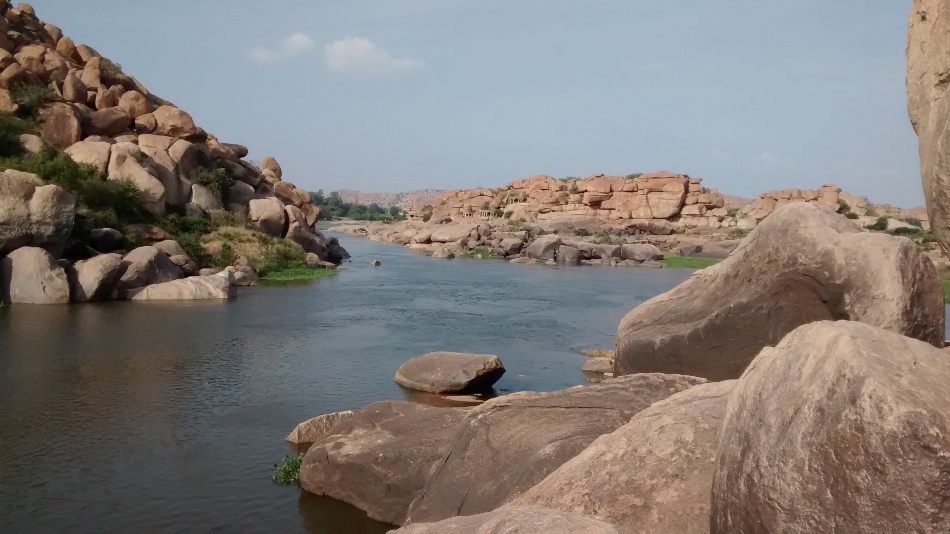
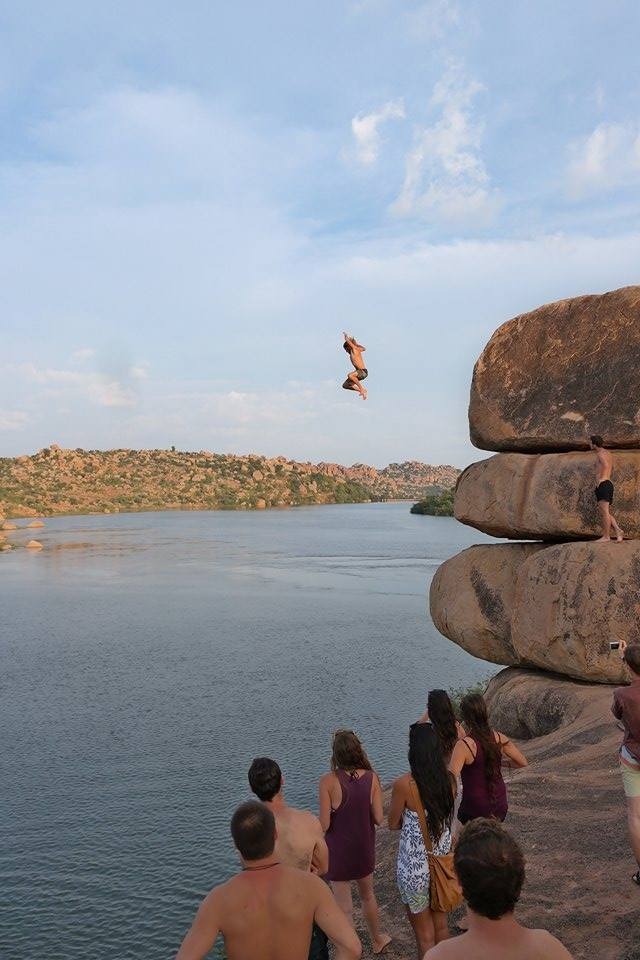
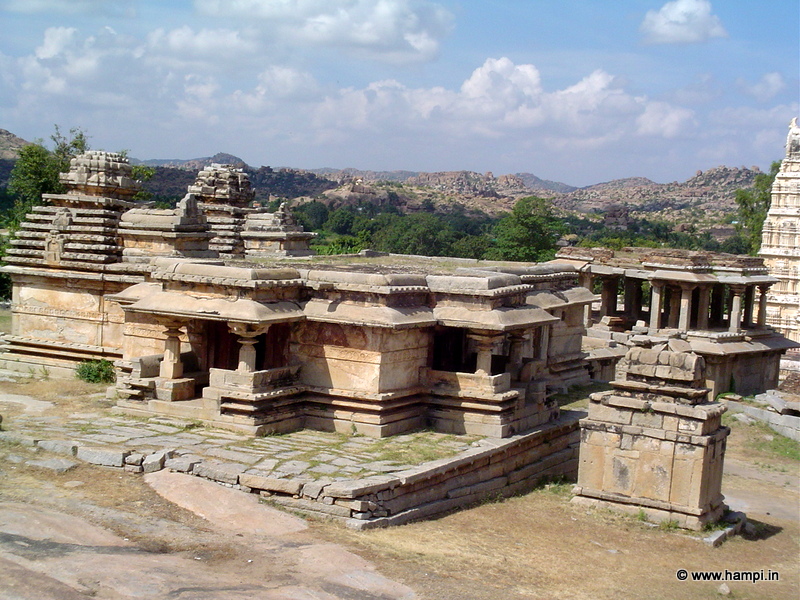
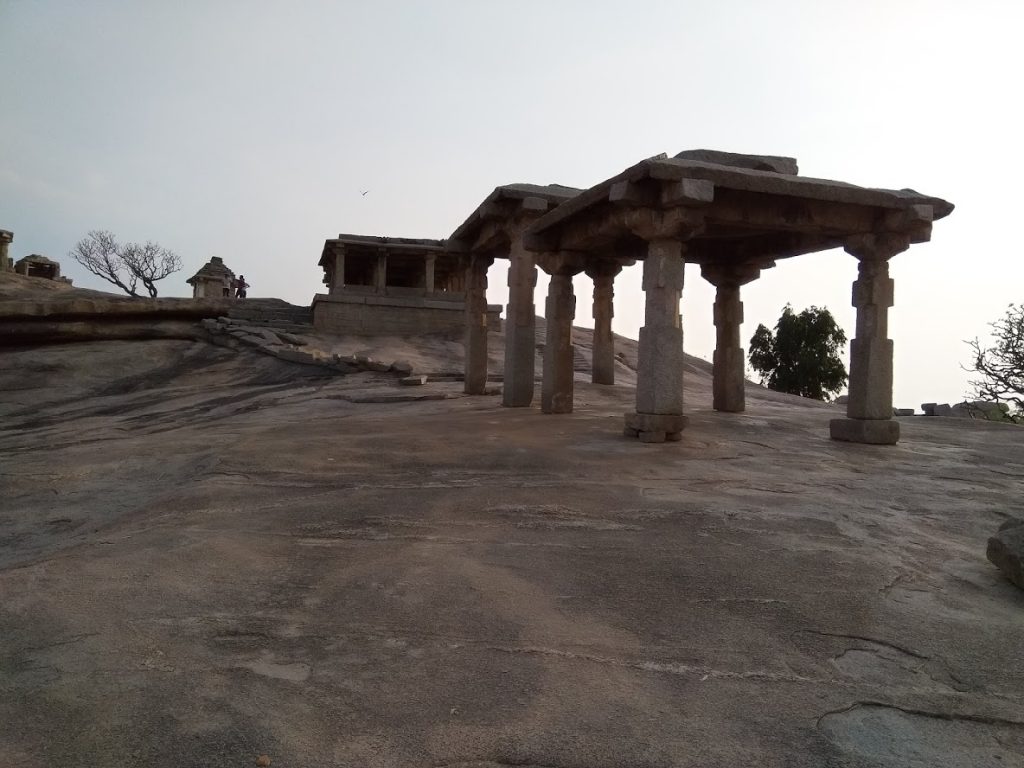
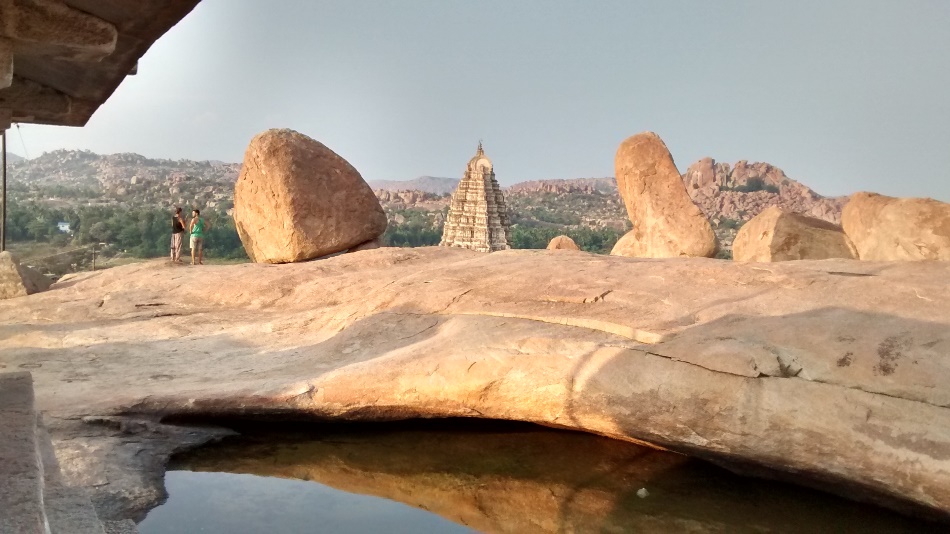
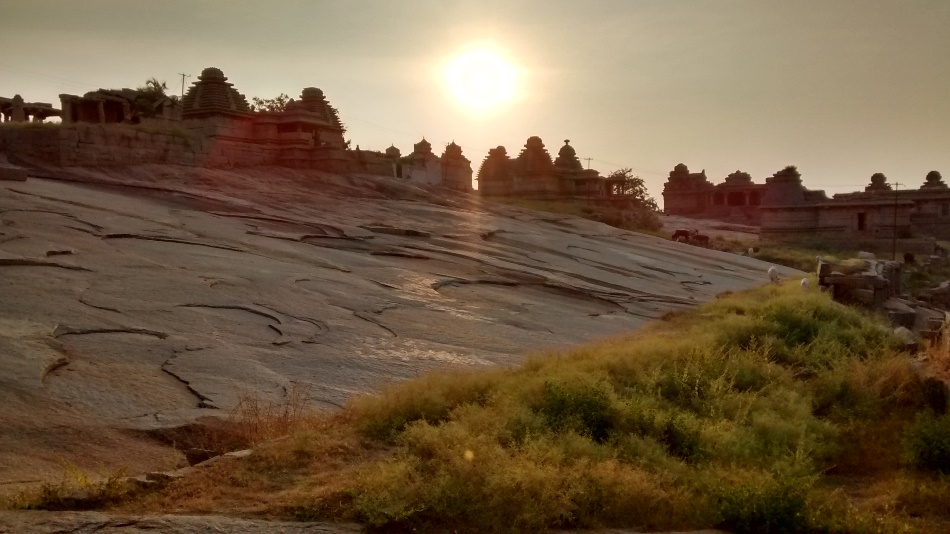
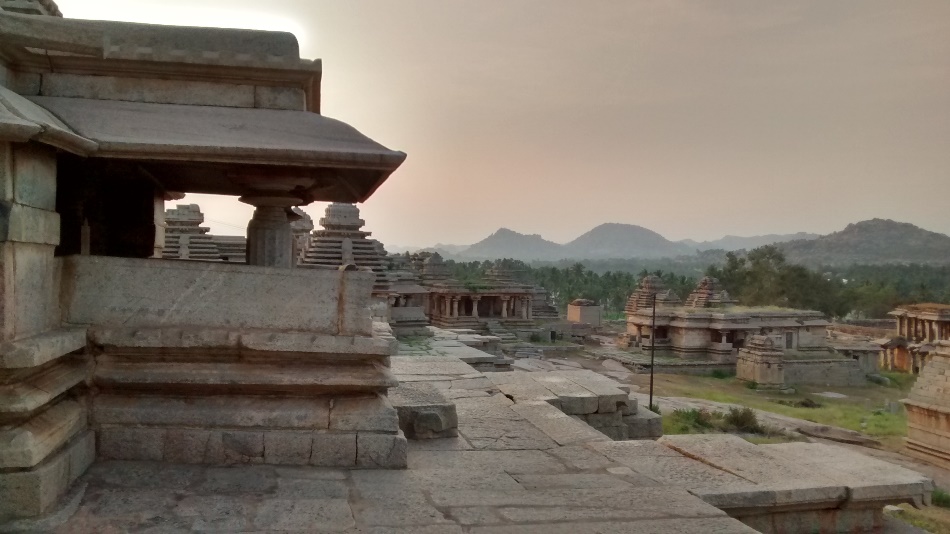
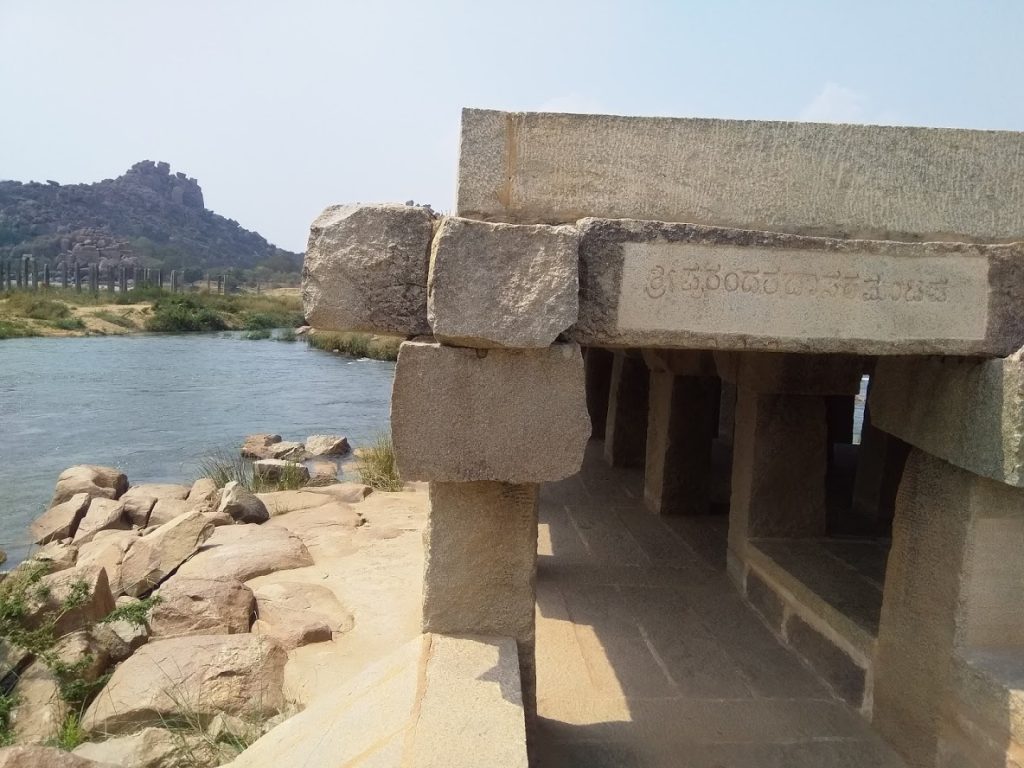
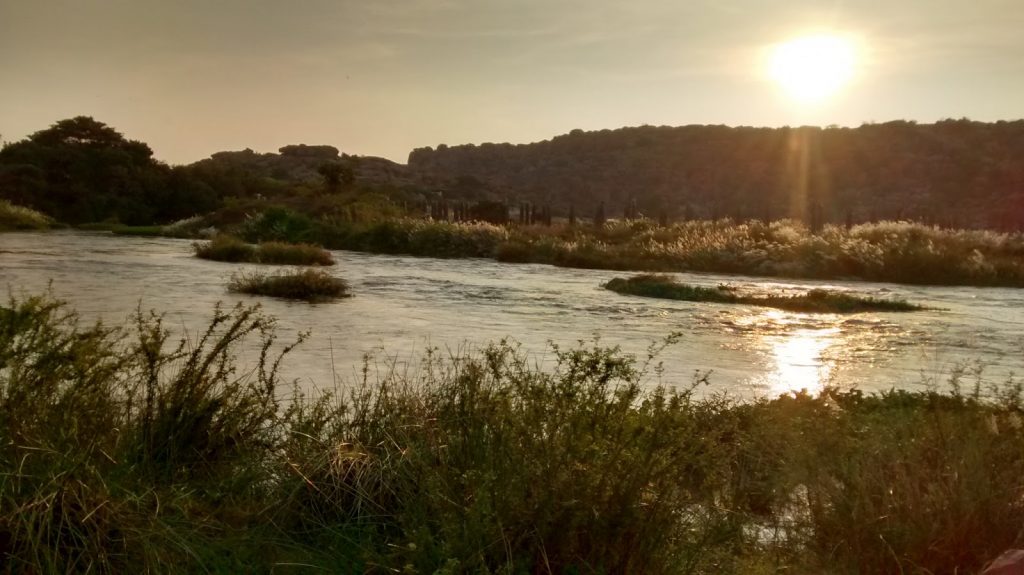
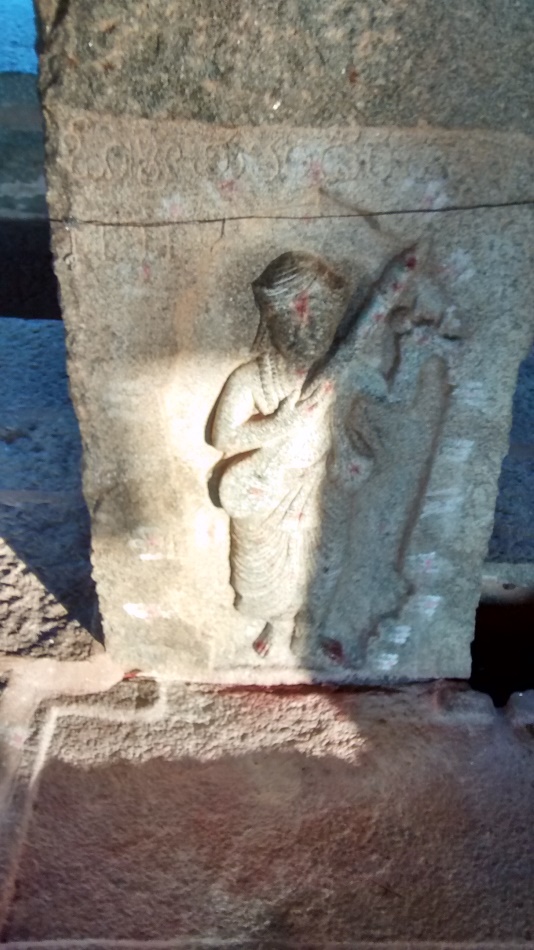
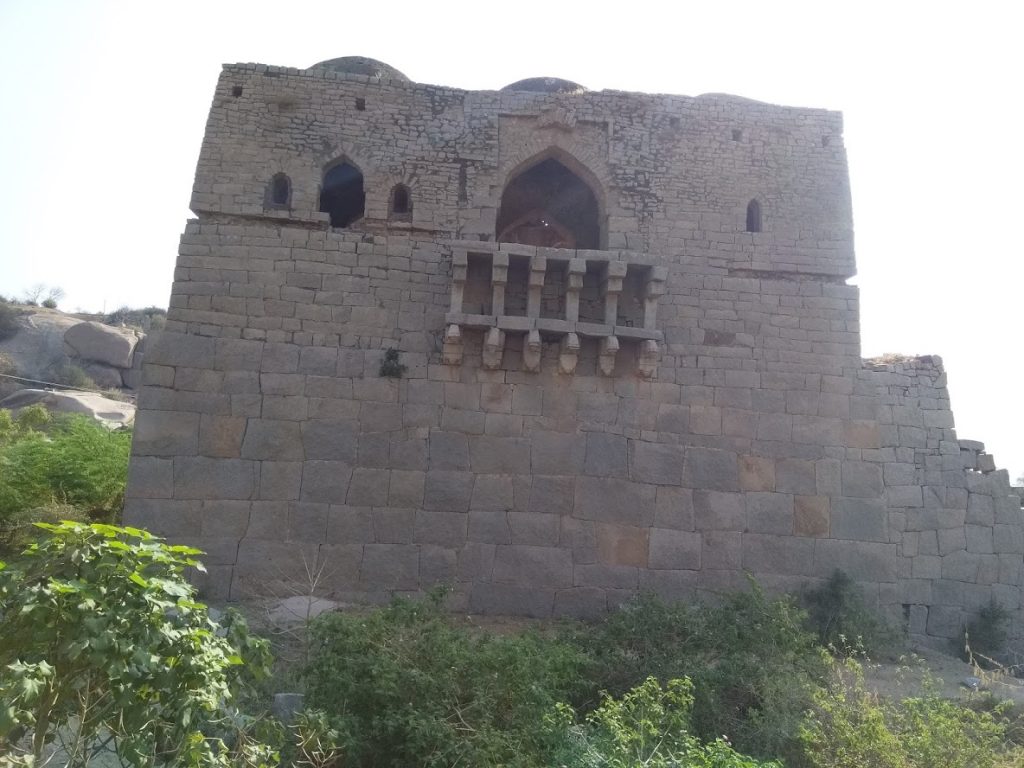
Excellent coverage and awesome photo images.
Good job by a professional blogger!